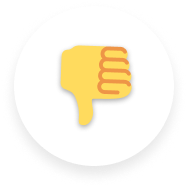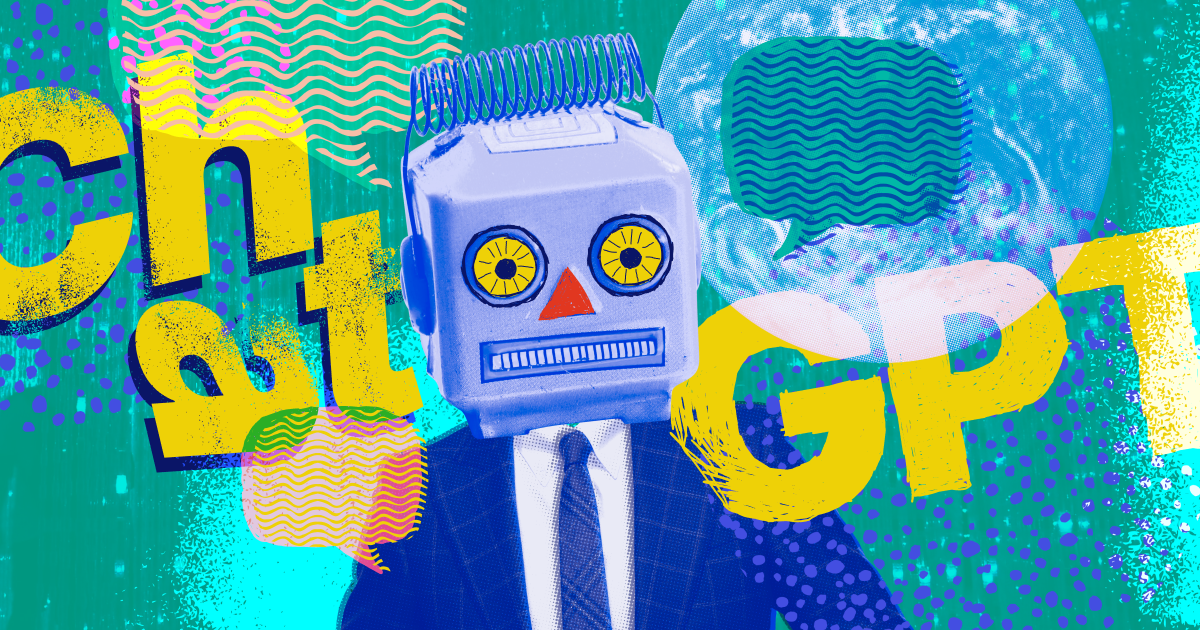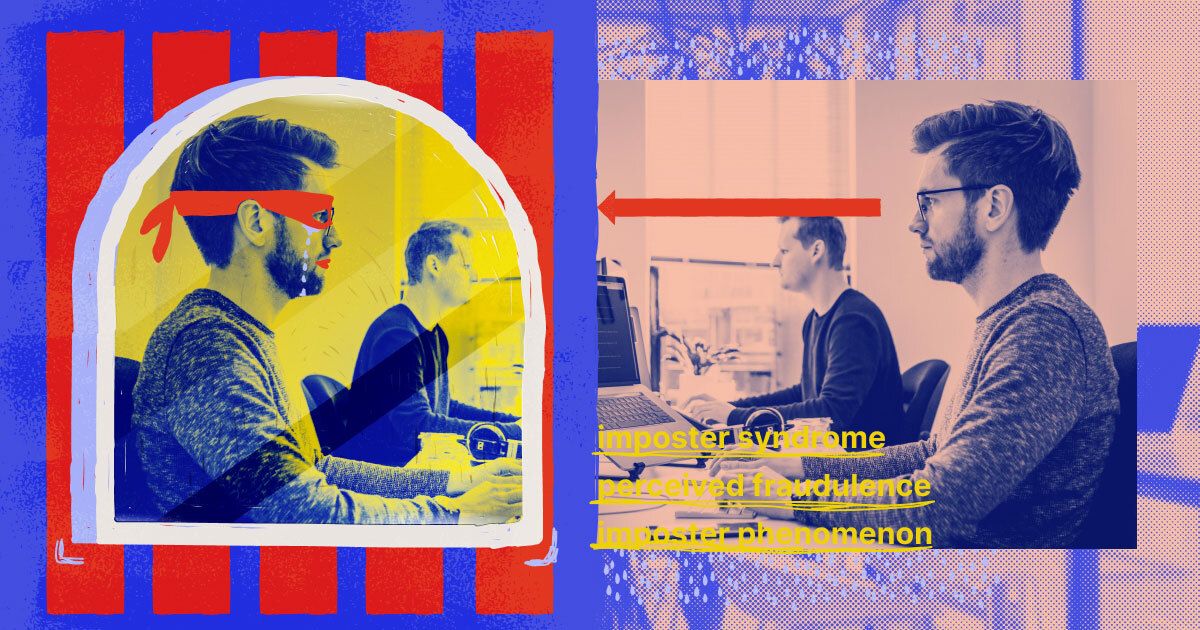Imagine if you will, you enter a storefront to buy a new phone charger. The sales person comes up to you and wants to know what room in your home you expect to charge your phone, for how many hours a day, and at what time. They want to give you the best possible suggestion, they say. Now, on the other hand, you’re purchasing a new vehicle. You navigate to the company website and are met with a chatbot option, but the automated answers never seem to answer your question exactly right. That’s because you need the right sales model for each scenario.
High-touch and low-touch sales in B2B SaaS
Low-touch sales models that take the lift off a salesperson by automating the process and providing self-service options are trending up in B2B SaaS. Low-touch sales models require few resources and provide an efficient sales pathway to help scale your company. However, if you’re selling a high-value product that would benefit from multiple touch points ahead of onboarding (including multiple qualifying calls and demonstrations) a high-touch sales model is probably the right choice vs a low-touch sales model that requires very little interaction.
Both high-touch and low-touch sales models are useful to employ for B2B SaaS businesses, but it’s important to understand how they work and when each model is the right choice to close that deal.
What is a high-touch sales model?
A high-touch sales model is a traditional marketing approach that involves a high level of person-to-person interaction between the salesperson and the customer. It often involves regular touch points, personalized walkthroughs and demos and customized support and onboarding. Because more resources are needed, this sales model is useful when selling to high-value customers who provide a large amount of revenue or recurring revenue. The high-touch sales model will typically involve quoting bespoke packages customized to the customer’s exact needs.
.jpg)
What is a low-touch sales model?
A low-touch (or no-touch) sales model is when there is minimal sales-to-customer interaction between first contact to conversion. A low-touch sales model is most effective for products with a lower price point or tiered pricing where customers can browse different service options and purchase one to suit their needs. The low-touch sales model is focused on driving indirect traffic leads to the product and converting to sales through optimized marketing efforts like strong copy, calls to action, and trials.
What does a high-touch sales funnel look like in B2B SaaS?
A typical customer journey using a high-touch sales funnel, as the name suggests, involves many touch points from the top of the funnel, when leads are identified, through the middle where the sales team works on conversion to the bottom of the funnel that leads to closing the deal and making a sale.
Identify leads
It all starts with the lead, whether it’s landed through outbound or inbound recruitment. In the first awareness phase of the sales funnel, potential customers are identified.
Outbound recruitment leads are generated through:
- Email marketing
- LinkedIn recruitment
- Cold calling or emailing
- PartnerStack’s partner discovery tool
Inbound leads may come through:
- Partner referrals
- SEO
- Content marketing
- Integrations
- PPC advertising (pay-per-click)
Qualify leads
During this step, the account executive (AE) or customer service manager (CSM) will ask plenty of questions to determine if the customer or partner is a good fit and will have success with the software or partnership program. This can be done through meetings (in person where possible), questionnaires and increasingly, using AI tools (Crossbeam, for example, can help determine crossover customers to determine fit).
Convert leads
The AE (or in the early days of a start-up, the founder) nurtures the qualified leads in this stage, offering demos and support where needed and showing the value of the product. The more complicated the funnel is (and the more resources required during this stage), the higher the deal should be in order to justify the effort and resources.
Close the deal
Leads are converted to paid customers!
Monitor success and renew
In this customer delight phase, timely and effective onboarding and regular touch points to monitor progress are needed to ensure success and renewal. Client success teams take over the management of the account once the deal has closed to provide continued support and prevent customer churn.
What does a low-touch sales funnel look like in B2B SaaS?
.jpg)
For B2B SaaS products, a low-touch sales funnel will most often involve driving a high amount of traffic to the product landing page to convert customers. The low-touch sales funnel is about quick wins; it won’t involve a great deal of lift to convert that traffic to customers once they have been introduced to the product. Ideally, they would convert on a first or second visit. Low-touch sales rely on a high degree of automation and self-service resources. Here is a look at the customer journey using a low-touch sales model.
Drive traffic
The first step is getting eyeballs on the B2B SaaS product using low-cost methods. Some tactics to drive traffic are using:
- Marketing partners
- Referral partners
- Reseller partners
- SEO
- Social media
- Affiliate marketing
See More: The best ways to use affiliate links to support your B2B marketing.
Nurture leads
At this point, some low-lift marketing efforts can be employed like retargeting and email marketing The bread and butter of low-touch sales are free trials of your service with the goal of converting to a paid customer. According to VeryCreatives, free trials typically see a conversion rate of one to two percent while paid trials have a higher conversion rate of about 40 to 60 per cent.
Self-serve conversion
Self-serve resources should be offered to the customer on your product landing page to provide more information and allow the customer to complete their purchase. This could include resources like:
- Self-service support like chat AI functions
- Front-line support staff-lift
- Support resources like guides and articles
- Information on tiered pricing options
Retention
With a low-touch sales funnel, churn tends to be higher. Retention of customers is key to long-term success. Automated onboarding and email marketing should be used to increase retention.
Related: Expert tips on how to revive inactive channel partners.
Which is the most effective sales funnel for B2B SaaS?
A combination of both sales models is the most effective tactic for most B2B SaaS companies. It may be helpful to segment ideal customers based on considerations like revenue, the likelihood of churn and customer lifetime value to determine what model to use. Remember that low-touch sales rely on a marketing pipeline that focuses on conversion and requires fewer resources. These low-touch sales will help stabilize your revenue with consistent, low-lift sales and increase brand awareness through marketing efforts. Leverage the high-touch sales model in conjunction to help support larger enterprise deals with high-value customers. These high-touch sales will help reduce churn and provide larger spikes in revenue, but they will require more costly resources.
Increasingly for both models, automation can be used to reduce the number of human resources needed. For further reading, learn how automation can help improve your B2B SaaS company.
.jpg)










